7 min to read
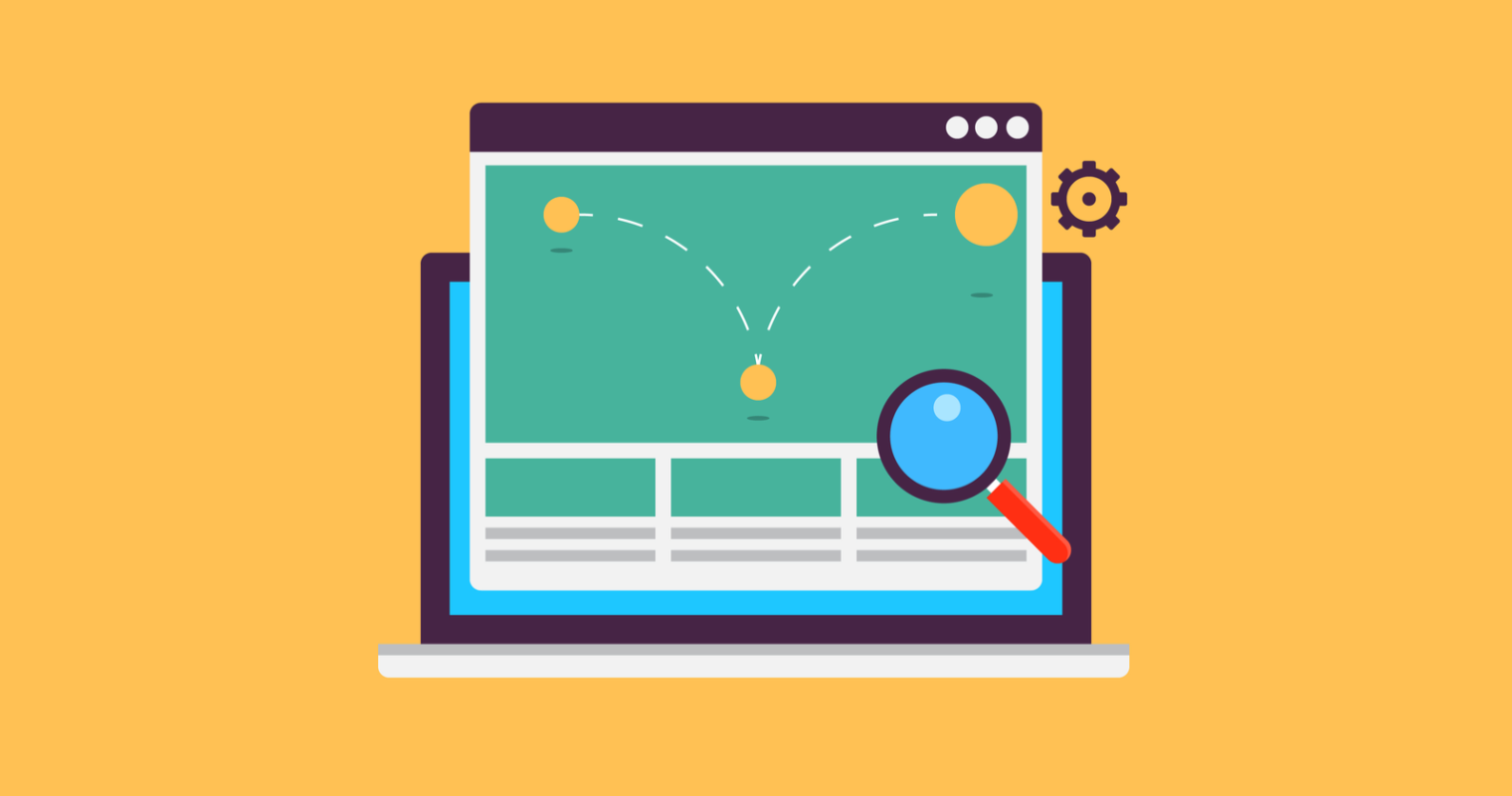
Bounce rate
Bounce rate is one of the most important metrics to track on your website. It tells you how many people are leaving your website after viewing just one page.
If your bounce rate is high, it means your website isn't providing a good user experience and people aren't sticking around to explore more. This can be a sign that your website is confusing, cluttered, or just not relevant to your target audience.
In this post, we'll give you 7 tips to help you optimize your bounce rate and keep people on your website longer.
CodeDesign is a leading digital marketing agency ranked #1 in Lisbon, Portugal. You could work with us to accelerate your business growth.
What Is a Bounce Rate?
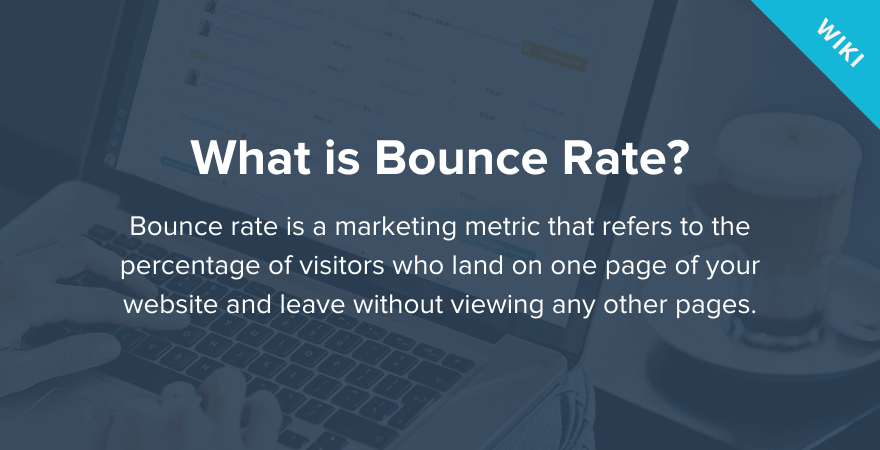
What is bounce rate?
Bounce rate is the percentage of people who leave your website after visiting just one page. The percentage of website visitors that depart without clicking a link, filling a form, or making a transaction is known as the "bounce rate.” A high bounce rate indicates that there are problems with your site's content, user experience, page design, or copywriting.
Now, there are all sorts of reasons why someone might leave your website after visiting just one page. Maybe they found the information they were looking for and didn't need to explore any further. Or maybe the page didn't load properly and they got frustrated.
Whatever the reason, it's important to optimize your bounce rate because it's a key indicator of how effective your website is. If you can get people to stick around and explore your site further, that's a good thing!
There are many factors that can affect your bounce rate, but here are seven tips to help you get started:
1. Make sure your website is easy to navigate
2. Make sure your website is fast loading
3. Write great content that's relevant to your target audience
4. Make sure your website is responsive on all devices
5. Optimize your pages for search engine ranking
6. Use effective call-to-action buttons
7. Use social media to drive traffic to your website
Why Is Having a High Bounce Rate Bad?
There are a few reasons why high bounce rates are bad news: first, it means you're not providing what people are looking for. You may have the best website in the world, but if people are landing on your page and then immediately leaving, it's because you're not meeting their needs.
Second, high bounce rates mean you're losing potential customers. Every time someone lands on your page and leaves without taking any action, then there is a possibility that you lost a potential customer. And third, high bounce rates can hurt your Google ranking. So if you're interested in improving your SEO, you need to focus on reducing your bounce rate.
How Can I Improve My Bounce Rate?
Here are a few tips for improving your bounce rate:
-Ensure your website is mobile-friendly. In today's world, more and more people are viewing websites on their phones and tablets, so if your site isn't responsive, you're going to lose out on a lot of traffic.
-Your content should be of high quality and relevant to your target audience. If people come to your website and don't find what they're looking for, they're going to leave pretty quickly.
-Your website must be fast loading. Nobody wants to wait around for a website to load, so make sure you optimize your images and get rid of any unused scripts or elements.
-Create engaging and compelling content. This is a big one—if you can create content that people want to read, they're going to stick around longer.
What Are Some Common Mistakes That Lead to a High Bounce Rate?
A high bounce rate is never a good thing. It means that people are leaving your website without taking any action—which is definitely not what you want.
There are a lot of reasons why your bounce rate might be high, but here are some of the most common mistakes:
1) You're offering a poor user experience. Your website is difficult to navigate, the images are too small, or the text is hard to read.
2) You're not providing any value. People are coming to your website for information, and they're not finding what they're looking for.
3) Your website is slow to load. Nobody has time to wait around for a website to load, so they'll leave pretty quickly if it doesn't show up fast.
4) You're using too many ads. People don't like being bombarded with ads, so they'll leave your website if it's cluttered with them.
5) You're not using social media. A big part of today's world is social media, and if you're not leveraging it, you're missing out on a lot of potential traffic.
7 tips to optimize your bounce rate
1. Check Your Website Speed and Make Sure It's Up to Par
One of the biggest factors that affects your bounce rate is website speed. If your website is taking too long to load, people are going to leave before they even have a chance to see what you're all about.
That's why it's important to check your website speed and make sure it's up to par. You can use tools like Google PageSpeed Insights or Pingdom to get a breakdown of what's causing your website to load slowly and how you can fix it.
If you're not sure where to start, here are a few simple tips:
- Minimize HTTP requests
- Use a content delivery network
- Optimize images
- Use lazy loading
2. Streamline Your Website Design and Layout
A big part of optimizing your bounce rate is streamlining your website design and layout. You want to make it as easy as possible for people to find what they're looking for and navigate your site.
That means getting rid of any clutter and unnecessary distractions. Simplify your design and make sure everything is easy to find. Use clear and concise headlines and subheadings, and put the most important information up front.
You also want to make sure your website is responsive—that it looks good and works well on all devices. Make sure everything is working the way it's supposed to before you launch your site.
3. Create Compelling and Relevant Content
When it comes to optimizing your bounce rate, creating compelling and relevant content is key. If you can provide your visitors with what they're looking for, they're more likely to stick around and explore your website further.
So how do you go about doing that? Well, there are a few things you can do:
1. Ensure your content is well-written and easy to understand.
2. You must make sure it's up-to-date and relevant to your target audience.
3. Ensure it's visually appealing and easy to navigate.
4. It should be engaging and provide value to your visitors.
5. Promote it on social media and other channels.
6. Track its performance and make changes as needed.
7. Always be learning and improving your skills.
4. Use Effective Calls to Action
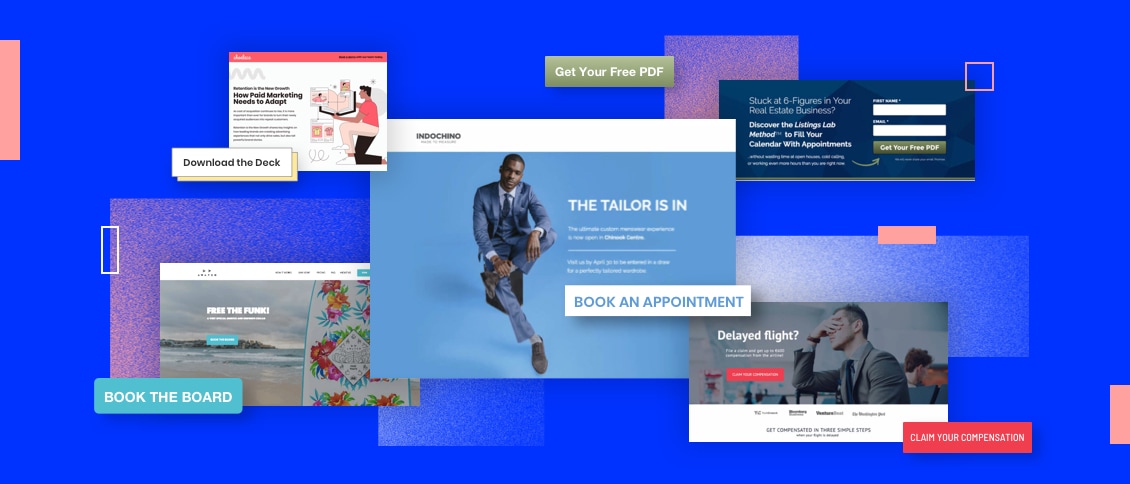
use call to action in website
Calls to action (CTAs) are essential for optimizing your bounce rate. Why? Because they tell your visitors what they should do after reaching their page. And if you want them to stick around, you need to make it clear what you want them to do.
There are all sorts of CTAs you can use, but the most effective ones are those that direct your visitors to a specific page on your website. For example, "Learn More" or "Download Now" CTAs are great for getting your visitors interested in what you have to offer.
But you need to be careful with your CTAs—if they're too pushy or aggressive, you'll end up driving your visitors away. So make sure they're enticing and relevant to your target audience.
5. Make Sure Your Website Is Mobile-Friendly
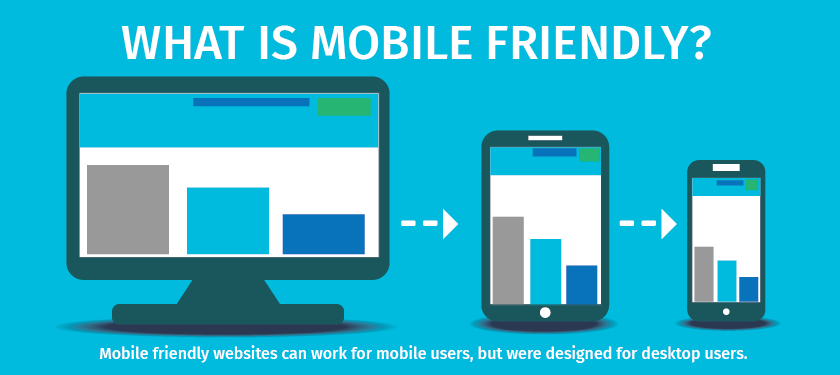
mobile friendly website
The next step is to make sure your website is mobile-friendly. In this day and age, more and more people are browsing the web on their phones and tablets, so you need to make sure your website looks good and functions properly on all devices.
If your website isn't mobile-friendly, you're going to have a high bounce rate, because people are going to leave your site in frustration. They won't be able to navigate it easily, and they'll just give up.
But if your website is mobile-friendly, you're going to have a much lower bounce rate. People will be able to browse through your content with ease, and they'll be more likely to stick around and check out what you have to offer.
6. Analyze and Improve Your Website Regularly
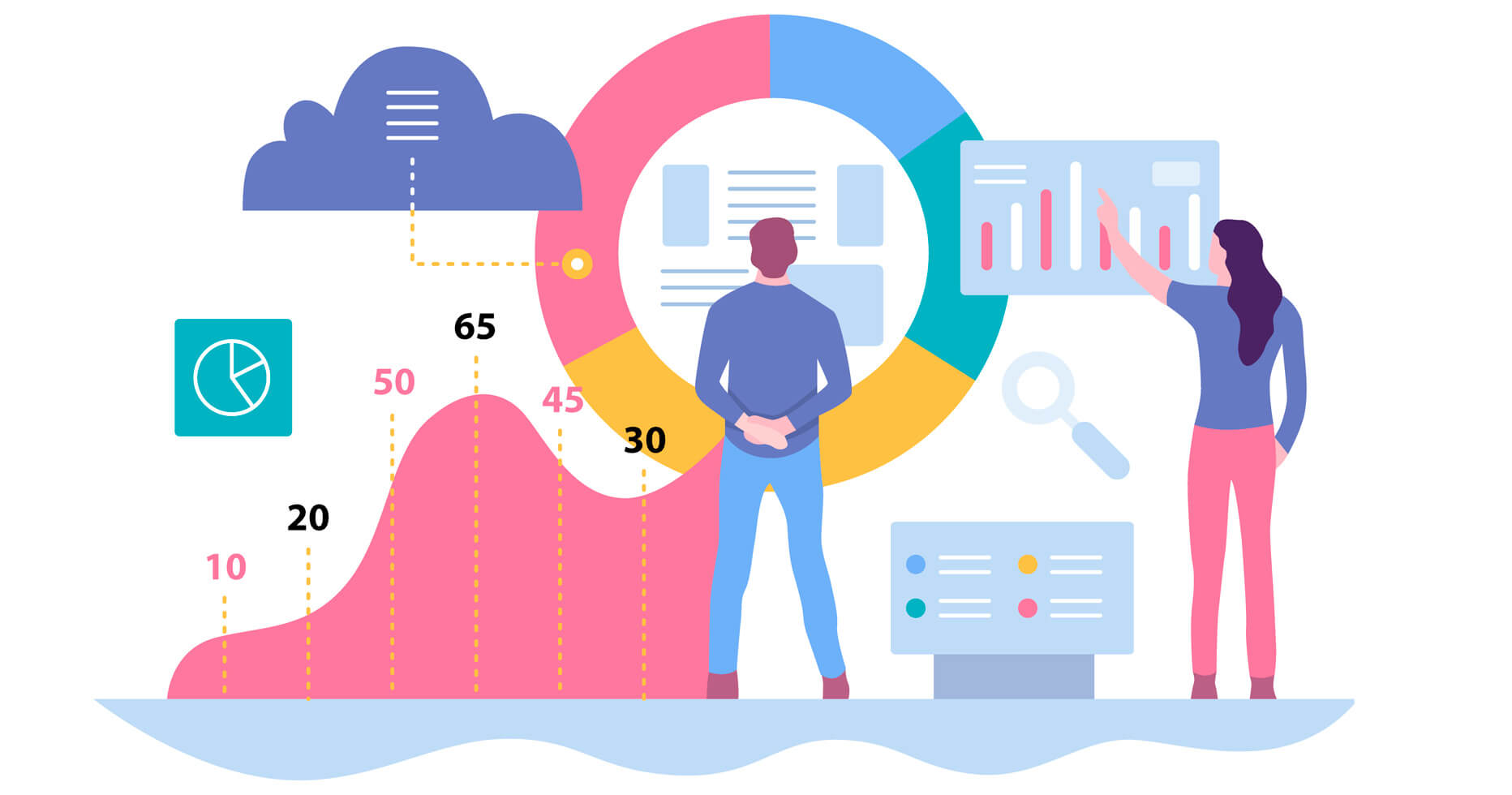
analyze website traffic
Bounce rate is simply the percentage of people who leave your website after viewing only one page. So if 100 people visit your website and only 10 of them stay on for a second page, your bounce rate would be 90%.
There are lots of ways to optimize your bounce rate, but it all starts with analyzing how people are interacting with your website. Are they clicking on your links? Are they spending a lot of time on certain pages? Are they leaving right away?
Only by tracking this data can you start to make changes that will improve your bounce rate. And that's where we come in. Our team of experts can help you set up the tracking tools you need and give you feedback on what you need to change to keep people engaged with your website. Contact us today for more information!
7. Implement Google Analytics setup

Set up Google Analytics to track bounce rate
So, you've decided that you want to start optimizing your bounce rate. That's great! But where do you start?
The first step is to set up Google Analytics. This will give you all the data you need to start making changes and seeing results.
Once you have Google Analytics set up, take a look at your website's bounce rate and identify the pages with the highest and lowest bounce rates. This will help you focus your efforts on the pages that need it the most.
From there, start making changes to those pages. Tweak the content, make the layout more user-friendly, add images or videos, and experiment until you find what works best.
And finally, don't forget to track your progress! Use Google Analytics to track how your changes are affecting your bounce rate and continue making tweaks until you achieve the results you want.

About Bruno GavinoBruno Gavino is the CEO and partner of Codedesign, a digital marketing agency with a strong international presence. Based in Lisbon, Portugal, with offices in Boston, Singapore, and Manchester (UK) Codedesign has been recognized as one of the top interactive agencies and eCommerce agencies. Awarded Top B2B Company in Europe and Top B2C company in retail, Codedesign aims to foster personal relationships with clients and create a positive work environment for its team. He emphasizes the need for digital agencies to focus on data optimization and performance to meet the increasingly results-driven demands of clients. His experience in digital marketing, combined with a unique background that includes engineering and data, contributes to his effective and multifaceted leadership style. |

About CodedesignCodedesign is a digital marketing agency with a strong multicultural and international presence, offering expert services in digital marketing. Our digital agency in Lisbon, Boston, and Manchester enables us to provide market-ready strategies that suit a wide range of clients across the globe (both B2B and B2C). We specialize in creating impactful online experiences, focusing on making your digital presence strong and efficient. Our approach is straightforward and effective, ensuring that every client receives a personalized service that truly meets their needs. Our digital agency is committed to using the latest data and technology to help your business stand out. Whether you're looking to increase your online visibility, connect better with your audience, get more leads, or grow your online sales. For more information, read our Digital Strategy Blog or to start your journey with us, please feel free to contact us. |
CodeDesign is leading:
- Digital Agency
- Digital Marketing Agency
- Digital Ecommerce Agency
- Amazon Marketing Agency
Feel free to contact us to see the unprecedented growth of your business.



Add comment ×